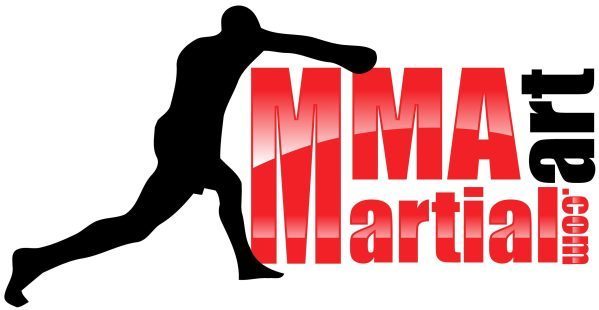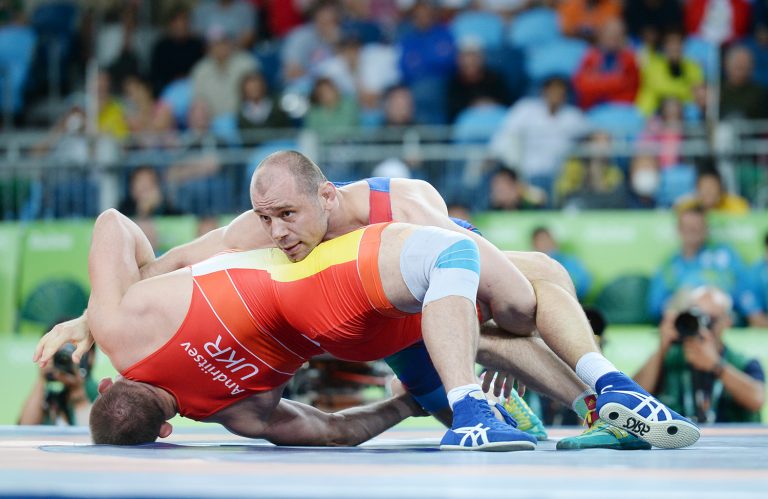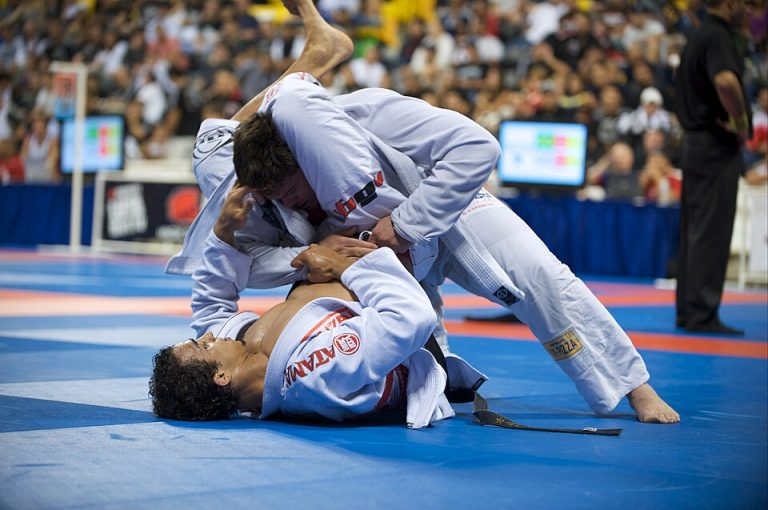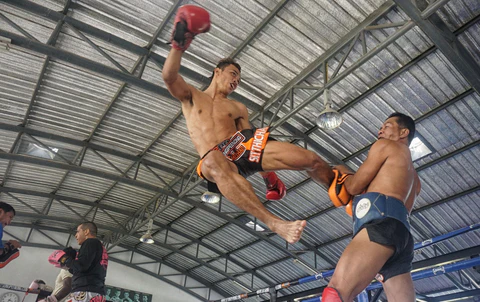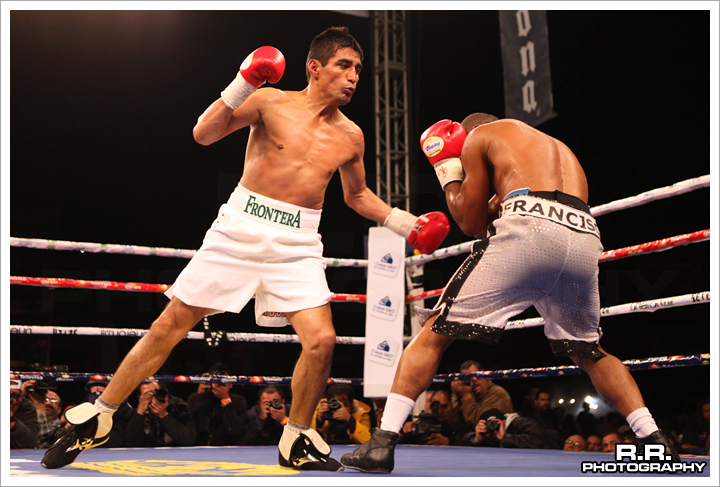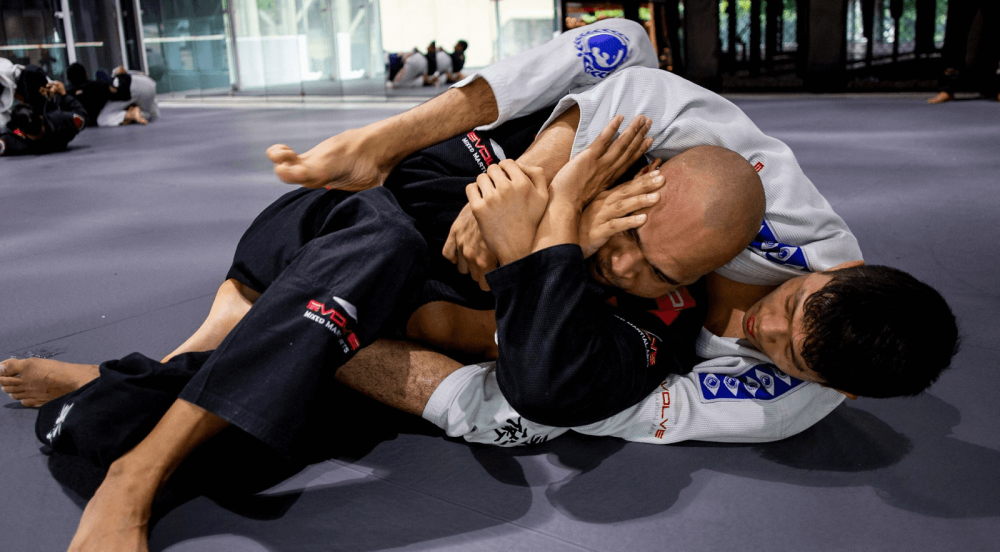
You’ve seen the memes: a sport Brazilian Jiu-Jitsu (BJJ) practitioner flopping to their back in a parking lot brawl, inviting their attacker into a “friendly” guard pull. Cue the eye rolls.
Critics argue sport BJJ has strayed too far from its self-defense roots, becoming a niche game of human chess. But is that fair? Let’s separate fact from fiction and answer the burning question: Can sport BJJ actually work in a real fight?
The Glory Days of Sport BJJ: Why the Gracie Family Ruled the ’90s
Royce Gracie dominated larger opponents using leverage, submissions, and groundwork—concepts foreign to most strikers and traditional martial artists during the early days of the Ultimate Fighting Championship.
BJJ became the “ultimate martial art” overnight because it forced fighters out of their element. Imagine a boxer trying to throw punches while stuck in a triangle choke—it was like bringing a pillow to a knife fight.
But here’s the catch: BJJ’s early dominance relied on novelty. The Gracies understood BJJ, but everyone else didn’t. By the 2000s, everyone in the MMA world knew the basics of Brazilian Jiu-Jitsu. Fighters cross-trained, and MMA evolved. Suddenly, BJJ wasn’t the only tool in the shed.
The Rise of Sport BJJ: Where Critics Pounce
Modern sport BJJ focuses on competition rules: points for sweeps, guard passes, and submissions. This shift bred critiques like:
- “Why Are You Sitting Down? This Isn’t a Picnic!”
It’s true: pulling guard (starting a match on your back) can work in tournaments if your guard is good enough, but it looks laughable in a street fight. The same goes for techniques like the berimbolo. - “Where Are the Takedowns?”
Many sport BJJ athletes prioritize groundwork over throws or takedowns—a problem if your attacker happens to have a little bit of grappling experience. The average BJJ blue belt would struggle to put an average high school wrestler on their back. - “But What About Weapons… or His Three Friends?”
No martial art, including BJJ, guarantees success against multiple attackers or a knife. But critics single out BJJ’s ground focus as extra risky here. - “You’re Not Ready for Strikes!”
Sport BJJ rarely includes punches or kicks. Rolling on mats regularly doesn’t prepare you for an impromptu boxing match against your neighborhood brawler.
Defending the Art: Why BJJ Still Packs a Punch
Before you write off BJJ, let’s flip the script.
1. “Live” Sparring Beats Bag Work
In BJJ, you roll (spar) daily at nearly 100% intensity, unlike boxing or Muay Thai, which require pulling strikes when sparring to avoid brain damage. BJJ lets you safely practice chokes, sweeps, transitions, takedowns, and joint locks. This builds real-world resilience under pressure.
2. Adapt or Die: BJJ’s Flexibility
Yes, sports BJJ techniques can seem flashy. But at its core, BJJ teaches control. A well-trained practitioner can:
- Neutralize a larger opponent using leverage (bye-bye, brute strength).
- Escape bad positions (mount, side control) that spell doom in real fights.
- End conflicts quickly with submissions (e.g., rear-naked choke) without throwing a punch. There are countless videos of BJJ being highly effective in self-defense situations.
3. No Martial Art is a Magic Bullet
Krav Maga won’t save you from a swarm of attackers. Boxing won’t help if you’re tackled. The key is managing risk, not chasing perfection. BJJ excels in one-on-one, unarmed scenarios—which, statistically, are the most common self-defense situations. Research shows that 42% of fights end up with both parties on the ground, and 72% end with at least one person on the ground.
4. Sport Skills Can Translate
That berimbolo might be overkill, but the underlying principles—grip fighting, balance breaks, positional awareness—are gold.
Making BJJ Street-Ready: 4 Tweaks
If you love BJJ but want self-defense chops, try these fixes:
- Train With Strikes
Seek out MMA or “combat Jiu-Jitsu” classes where open-hand slaps are allowed. Suddenly, that fancy guard won’t feel so cozy when you’re getting slapped in the face. - Learn Some Takedowns (Please)
Supplement your sport BJJ training with wrestling or judo. An inside-leg trip works better on concrete than butt-scooting. - Start Standing (and Stay Standing)
Ditch knee-starting rolls. Try to start most of your rolling sessions with you and your training partners standing out. You’ll develop a more rounded game. - Embrace the “Survival Mindset”
Sport = win. Self-defense = escape. Drill scenarios like “get off the ground ASAP” or “create space to run.”
Cross-Training: The Ultimate Hack
BJJ is a tool, not a toolbox. Pair it with:
- Boxing/Muay Thai: For stand-up defense and striking.
- Wrestling: For takedowns and clinch control.
- Krav Maga: For weapon defense and dirty tactics.
Even Bruce Lee preached hybrid training: “Absorb what is useful, discard what is not.” That’s the best martial art for self-defense.
Don’t Throw the Baby Out With the Bathwater
Is sport BJJ perfect for self-defense? Nope. But dismissing it entirely is like refusing to wear a seatbelt because it doesn’t prevent car crashes. BJJ teaches composure, problem-solving, and how to handle aggression—skills that translate far beyond the mats.
So keep rolling… but maybe skip the guard pull if you ever find yourself forced to defend yourself or your loved ones.
Read more:
Monetizing Your Martial Arts Skillset in the Gig Economy
Master the Philly Shell: 20 Boxing Combinations for Defense & Counterattack Domination
Dricus du Plessis Predicts Sean Strickland vs. Israel Adesanya Rematch: “It Will Be Amazing”
How to Throw a Haymaker Punch Like a Pro (Without Knocking Yourself Out)
15 Anaerobic Exercises to Torch Calories and Build Muscle
